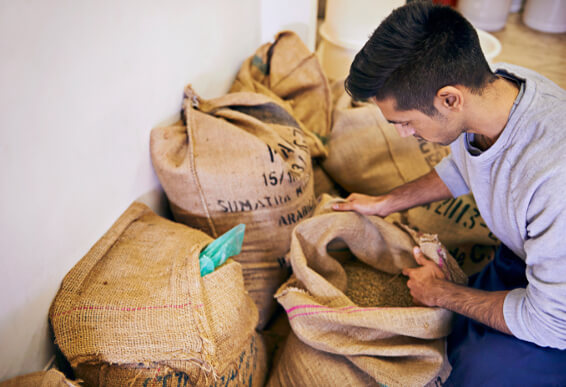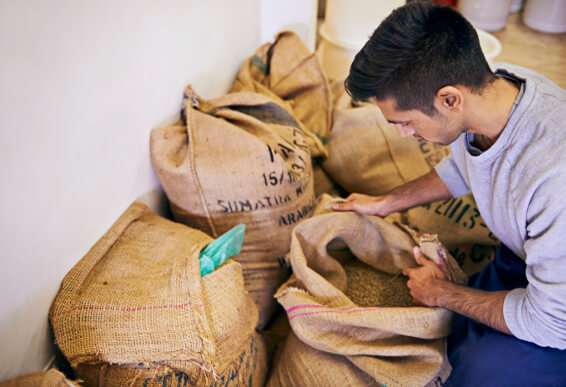
Diatomaceous Earth: Protect Food Storage

Using diatomaceous earth to store food is not a new idea. Many ancient cultures mixed DE into their grain to protect it from insects. This is still practiced today in agriculture for grains and animal feed. You can also use DE to help preserve food storage items such as grains, flour, legumes, rice, corn, and other dry foods. Not only does DE deter unwanted insects, but it also absorbs moisture, which helps keep food dry and mold-free. Another perk of using DE is that it is completely natural, so it helps eliminate the need for artificial preservatives.
Here's what you will need:
- A bag of 100% food grade diatomaceous earth
- A kitchen sieve or sifting scoop
We recommend applying about 1 teaspoon of diatomaceous earth for every pound of food (or 1 cup of DE for every 50 lbs. of food, if you are storing large quantities). If you are placing food items into long-term storage, we recommend increasing the amount of DE to 1½ or 2 teaspoons for every pound of food.
Step 1:
Using your applicator, dust a thin layer of DE over the bottom of your storage container.
Step 2:
Pour 3 or 4 inches of food into your container on top of the DE.
Step 3:
Apply another thin layer of DE on top of the food.
Step 4:
Continue layering 3 or 4 inches of dry food between layers of DE until the container is full.
Step 5:
Cover the container and give it a good shake. If the container is large and heavy, simply tip it back and forth at different angles a few times. This will allow your layers of DE to settle throughout the container. The idea is to get all the food more or less equally coated with DE.
Step 6:
Open the container and apply a final layer of DE on top of the food. Don't mix in this layer; just let it rest on top.
Step 7:
Seal the container and place it into storage. If the container is sealed properly there will be no need to reapply DE.
Step 8:
When you are ready to use the food you have stored, you can place it in a strainer and rinse the DE off with water. This isn't a requirement though. DE won't really change the way your food tastes, and it contains beneficial trace minerals. Though it may sound obvious, you won't be able to rinse DE out of flour.
That's really all there is to it! Just remember to only use a high-quality food grade diatomaceous earth, and remember that this only works for dry food storage. Also, if you have a food storage item that is already infested with insects, throw it away so it won't contaminate good food.
